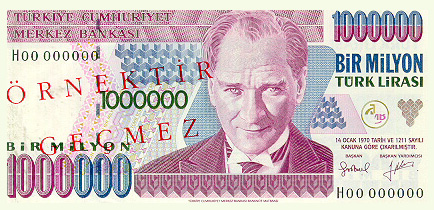- In the conference this Thursday, the challenge that we will attempt to face will be along the lines of Bourdieu's discussion of the constitution of the state as "the culmination of a process of concentration of different species of capital". I am particularly interested to see us discuss how the state constructs its presence in the everyday through "things" but especially through things that move around quite a bit. How do things, as commodities, as tribute, as booty, as loot, as foodstuffs, as prestige goods, as gifts take part in the construction of the state, through their social life (Kopytoff, Appadurai). How do things act in the social world, in the margins of the state, establishing the central dominant discourse of the state, deconstructing that discourse, undermining authority and reinforcing that authority?. What is the role of the penseur fonctionnaire (bureacratic thinker) of the state in regulating the production and circulation of material objects? Bourdieu suggests that it is the field of "symmbolic production" where we feel the grip of the state most. Was it the case in the ancient Mediterranean world? Can we re-imagine the mechanisms of craft production and commercial exchange in the ancient world through the Bourdieu's lens of the state practices of normalization, codification, naturalization?
 | One million Turkish Liras with a handsome image of Mustafa Kemal Ataturk |
- In the scholarly literature on the Late Bronze age trade, as conveniently summarized by Cherry and Knapp, I am struck by the way states appear as bounded entities, as tangibble institutions which clear economic and political agendas. Considering the circulation of things in this supra-regional network of connectivity, what happens when we put a question mark on this assumption. There is I think a fundamental theoretical caveat in understanding interregional exchange and how states deal with this world of things in flux. If you look for any literature on trade in the Assyrian empire, you may be surprised that you would not find much (the assumption is that there is none!). Ceremonial gift exchange is only part of the phenomenon I think and is not sufficient to explain the circulation of things.
Resources:
L. de Ligt Fairs and markets in the Roman Empire : economic and social aspects of periodic trade in a pre-industrial society Amsterdam : J.C. Gieben, 1993.
Postgate, J. Nicholas; 1979. “The economic structure of the Assyrian Empire,” in Power and propaganda: a symposium on ancient empires, M. Trolle Larsen (ed.), Copenhagen: 193-221.
Zaccagnini, Carlo; 1987. “Aspects of ceremonial exchange in the Near East during the late second millennium B.C.,” in Centre and periphery in the ancient world. Michael Rowlands, Morgens Larsen, Kristian Kristiansen (eds.); Cambridge: Cambridge University Press, 57-65.
Zaccagnini, Carlo; 1989. “Asiatic mode of production and Ancient Near East: notes towards a discussion,” in Production and consumption in the Ancient Near East. Carlo Zaccagnini (ed.). Budapest, 1-126.
Zaccagnini, Carlo (ed.); 1989. Production and consumption in the Ancient Near East. Budapest.
 AchaemenidTribute.ppt
AchaemenidTribute.ppt